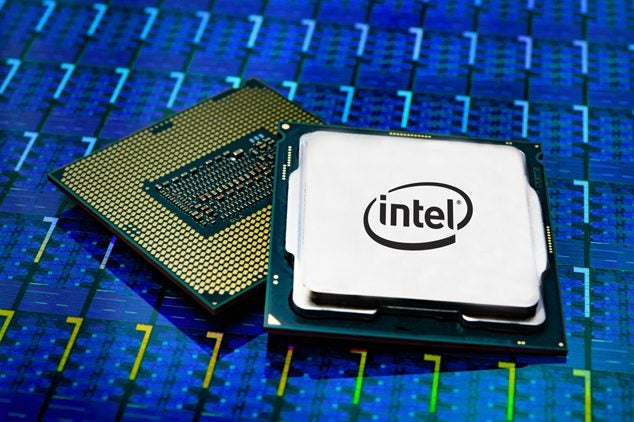Intel suffers a massive setback, giving AMD a key advantage

Intel announced a significant delay to its 7nm process during its second-quarter 2020 financial results, which could be detrimental to the company’s rivalry with AMD.
The earnings report states, “the company’s 7nm-based CPU product timing is shifting approximately six months relative to prior expectations”, which means we won’t see an Intel 7nm processor until 2022 at the earliest.
Related: Best Gaming CPU
Intel CEO said (as reported by Tom’s Hardware) that the delay is due to a discovered “defect mode” in its 7nm process, leaving the company to seek out ‘contingency plans’.
With Intel previously suffering setbacks developing the 10nm processor (which has since launched as part of its 10th Gen processors), it had already fallen behind rivals such as AMD in this regard. This latest setback means the divide between Intel and AMD will only increase, with the latter currently shipping 7nm processors in the form of its Ryzen 4000 laptop chips.
The 7nm node looks to have given AMD Ryzen chips a boost in both performance and power efficiency, so it’s going to be increasingly difficult for Intel to remain competitive. AMD only looks to get stronger too, having already confirmed plans to launch a 5nm Zen 4 architecture for Ryzen processors before the end of 2022.
Related: Intel vs AMD
It’s not all bad news for Intel though, with the company still set to launch its 10nm-based Intel Tiger Lake processors before the end of the year, and remain seemingly optimistic about the Xe integrated graphics that will be embedded into future mobile and desktop chips. Intel also confirmed plans to launch its first 10nm desktop processors (code-named Alder Lake) “in the second half of 2021”.
And while AMD is arguably growing more and more competitive, Intel still looks to be in a very strong financial position after exceeding expectations with a second-quarter revenue of $19.7 billion – that’s a 20% increase year-over-year (YoY). However, Intel did clarify it believes a big reason for its increased success this quarter is due to an increased demand for work-at-home computing products following the disruptions caused by Covid-19.


